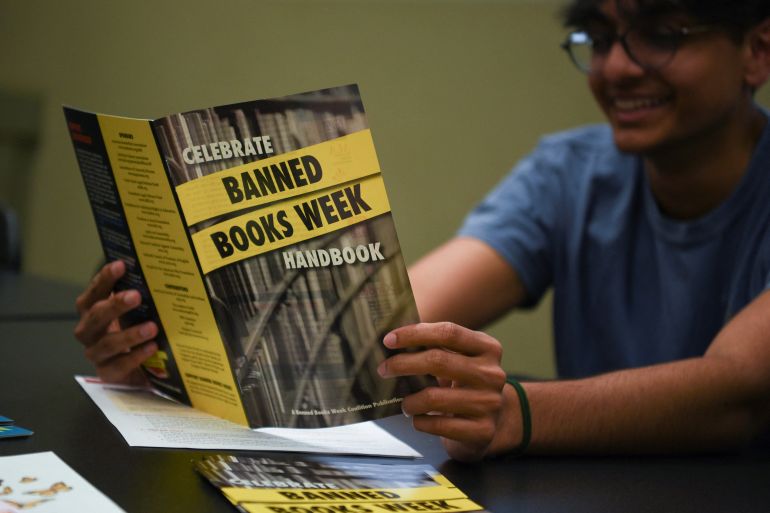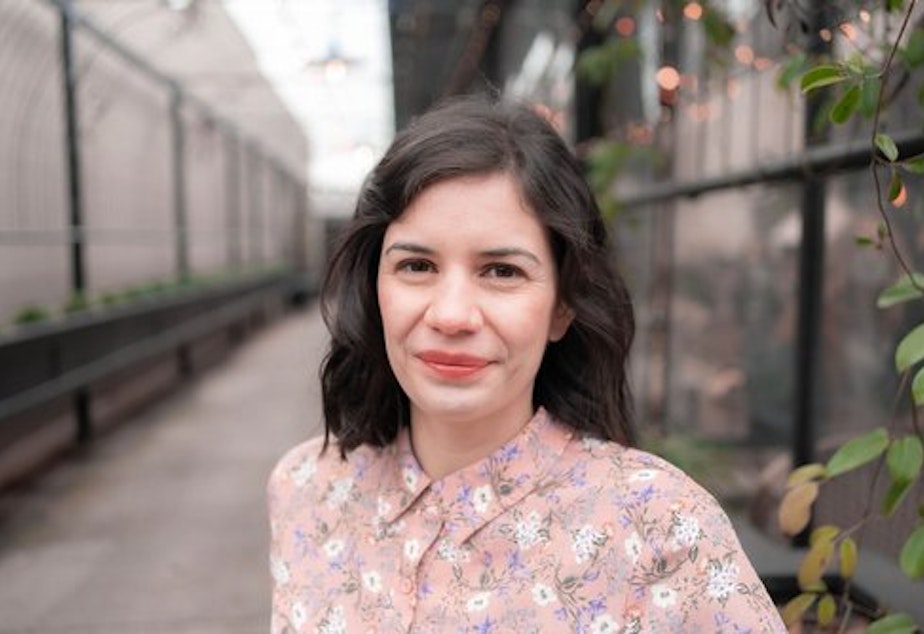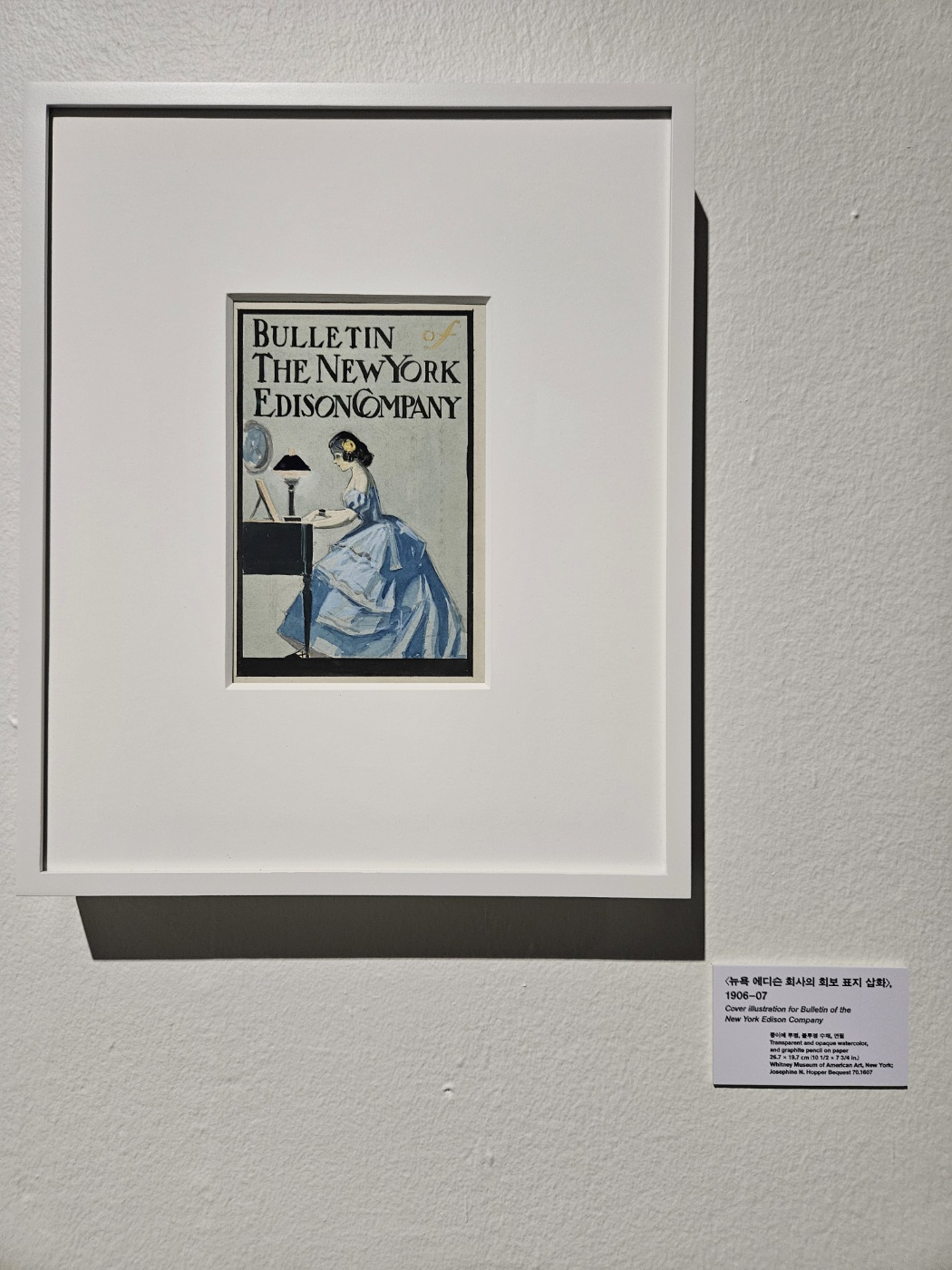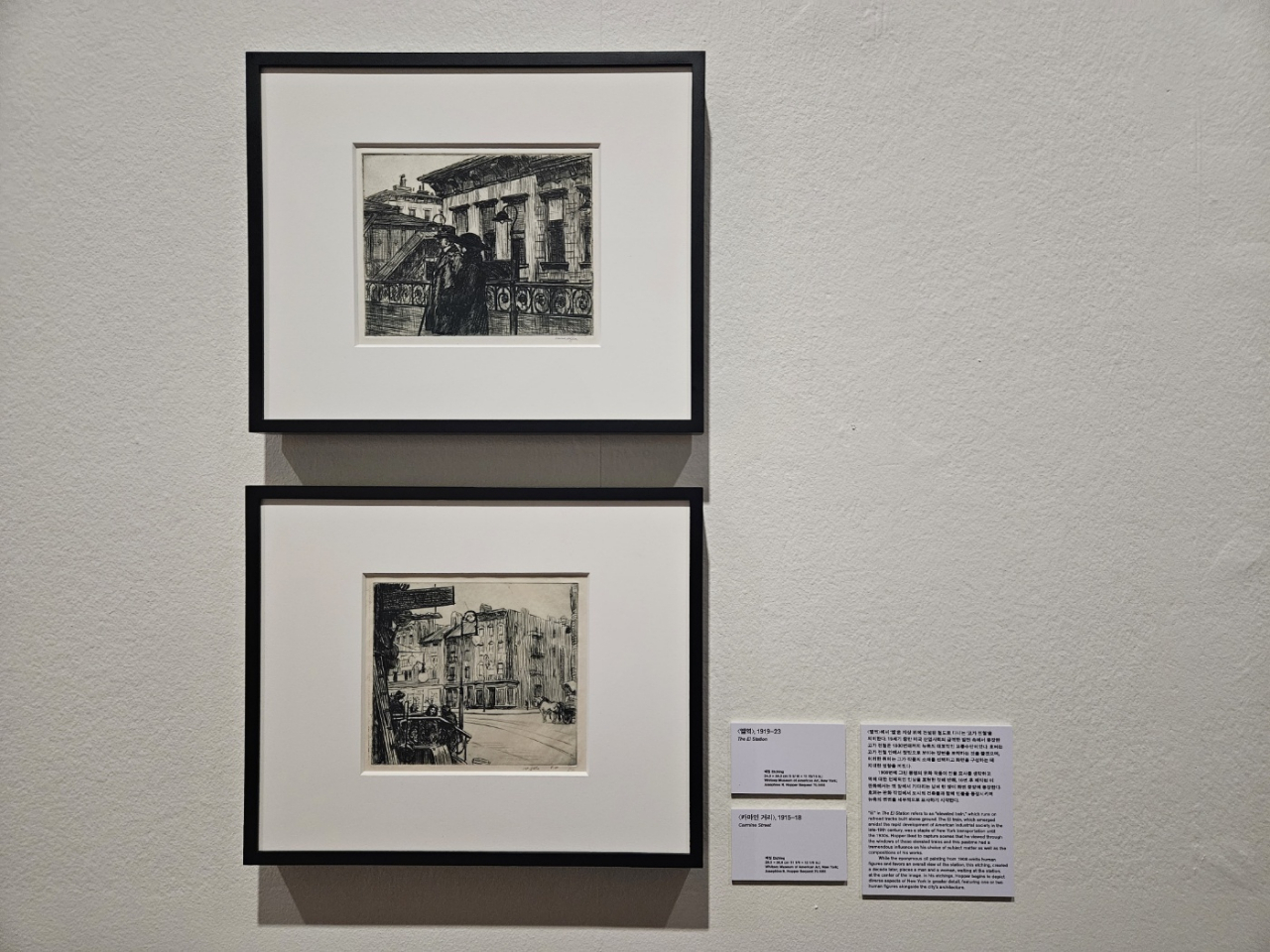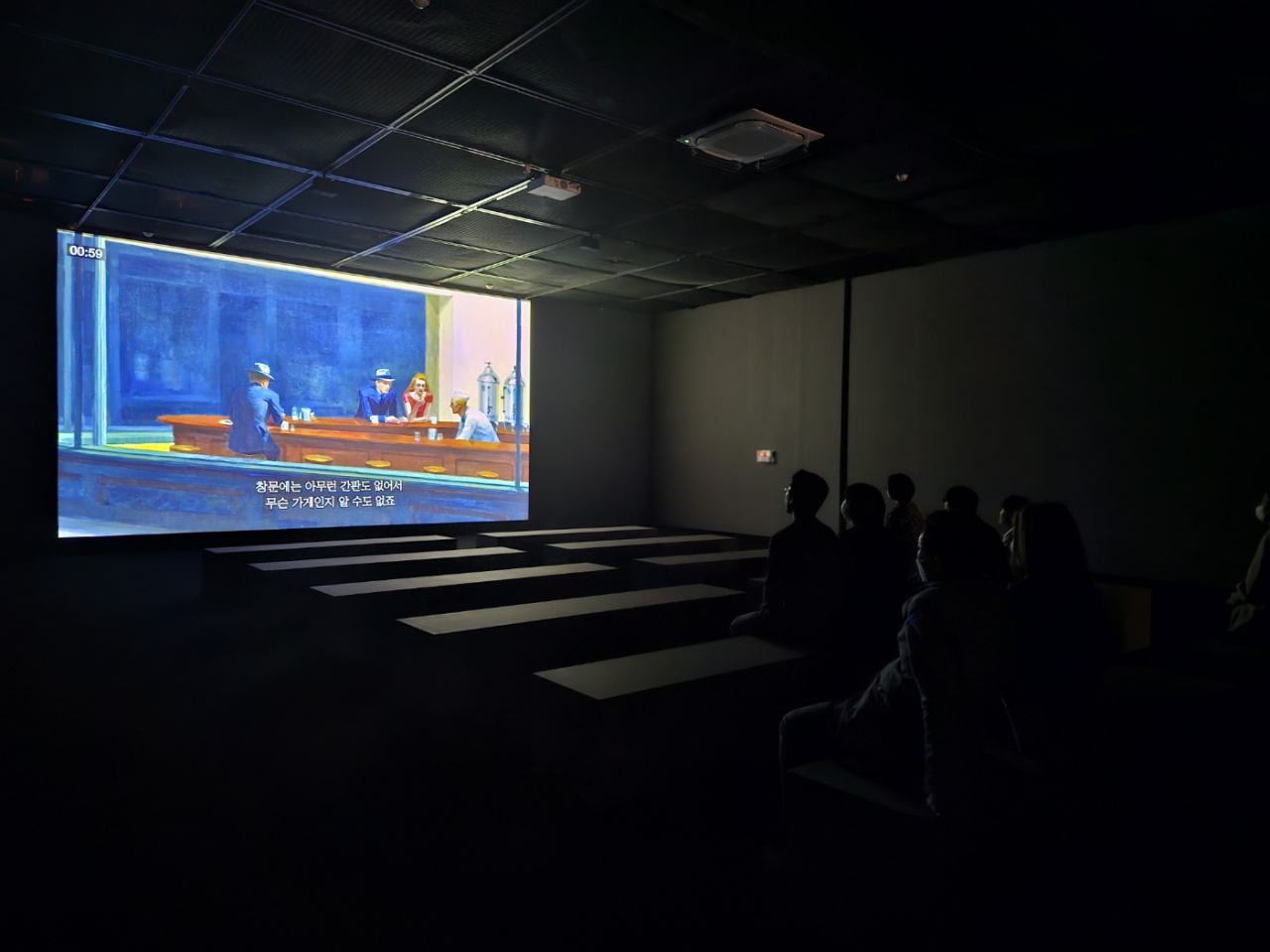Congress has clashed with Supreme Court justices over ethics in the past
Ron Elving, NPR
April 22, 2023

The Supreme Court's legitimacy is once again being called into question after news broke that Justice Clarence Thomas failed to disclose 20 years of lavish trips paid for by a billionaire Republican donor.
Jacquelyn Martin/AP
When Senate Judiciary Chairman Dick Durbin this week asked the chief justice of the Supreme Court to give the committee an update on the ethics of the court, he spoke of "a steady stream of revelations regarding Justices falling short" of ethical standards.
Durbin did not mention the shortcomings of any justice in particular.
He did not have to.
Everyone old enough to read a newspaper or understand a newscast knows Durbin's letter was prompted by media reports on Associate Justice Clarence Thomas, the longest-serving member of the current court, who took the oath in 1991.
Public media is independent, community-supported media for the public good.
The high heat on the high court comes in the wake of an investigation by ProPublica spotlighting Thomas' long and beneficial friendship with Harlan Crow, a billionaire Republican megadonor and activist. Among the benefits cited: vacations around the world valued at approximately $500,000.
Thomas has been spotty, at best, in disclosing these gifts and other transactions, in some cases in apparent violation of Supreme Court rules. He has said that unnamed colleagues told him this was OK because it was just "personal hospitality" and he will comply with more stringent rules in the future.
Thomas has long been regarded as the court's anchor on the right, so it is not surprising to hear a cadre of outspoken progressives in Congress urge Thomas to resign or call for his impeachment.
But even some voices on the right have objected, suggesting Thomas needs to do more to clear the air. Longtime Fox News contributor Juan Williams, whose career has also included years at NPR and The Washington Post, has said his "old friend" Thomas needs to dispel "the smell of financial corruption."
Thomas reports renew focus on Supreme Court ethics
Durbin's request for John Roberts to testify is not the first time the chief justice has had to tackle the question of how ethics standards apply to his court. For years, he has defended the high court's exemption of itself from the ethics rules governing the rest of the federal judiciary (and others in the federal power structure).
He addressed the issue in his 2011 Year-End Report on the Federal Judiciary, calling the code for lower courts a good "starting point" but saying he saw "no reason" for the Supreme Court to be held to that code. He said his fellow justices looked to multiple sources of guidance and that there were certain "ethical considerations unique to the Supreme Court."
However Roberts' statement might have been received in 2011, it is clearly less satisfactory now. As Durbin wrote in his invitation to Roberts this week, "problems were already apparent back in 2011, and the Court's decade-long failure to address them has contributed to a crisis of public confidence."
When it comes to the Supreme Court, the threat of impeachment is not an easy weapon
In defending the court's current ethics, Roberts can always throw down the ultimate gauntlet of impeachment: If Congress is not satisfied with the court's self-policing, let it use the tool provided in the Constitution — impeachment.
Of course, Roberts is well aware that no Supreme Court justice has ever been impeached and removed by Congress. Samuel Chase of Maryland, appointed by George Washington in 1796, was impeached by the House in 1804. Supporters of Thomas Jefferson, president at the time, accused Chase of bias and partisan behavior — largely because of his demeanor and biting opinions. But when the Senate held a trial in 1805 and acquitted him, Chase returned to the high court and served until his death in 1811.
But if impeachment is impractical, some prominent members of Congress have managed to express their unhappiness with prominent members of the court. They have employed something more like moral pressure — such as was brought to bear against Justices Abe Fortas and William O. Douglas.
Moral pressure has been deployed by Congress in the past
Fortas was first named to the court in 1965 by President Lyndon B. Johnson, whom he helped in a contested Senate election in Texas in 1948. While Fortas was considered a legendary legal intellect of his time, his close relationship with Johnson soon came under scrutiny

Former Associate Justice Abe Fortas of the Supreme Court poses in his judicial robes in Washington D.C., June 26, 1968.
Charles Tasnadi/AP
In 1968, Johnson named Fortas to succeed Chief Justice Earl Warren, who was retiring. At his confirmation hearing to be chief justice, details of his close relationship with Johnson were revealed. As a sitting justice, he sat in on meetings at the White House, discussed secret court deliberations with Johnson and lobbied members of the Senate who opposed the war in Vietnam on the president's behalf.
The panel also learned that he had received a privately-funded stipend to teach at American University, equivalent to about 40 percent of his Court salary. The stipend was supported by a variety of business officials raising concerns of a conflict of interest. The GOP also had hopes their party would win the White House in the fall and a Republican could name a chief justice of their own.
Ultimately, a Republican-led filibuster stalled his confirmation and Fortas asked Johnson to withdraw his nomination.
Meanwhile, Fortas was being pilloried for his association with Louis Wolfson, an imprisoned financier, for whom he had worked as a consultant to Wolfson's family foundation. But Fortas was being paid for that work at a time when Wolfson had come under scrutiny for securities fraud, and some Democrats joined Republicans in calling on Fortas to resign from the Court entirely. Fortas did that in May 1969, allowing the newly sworn-in President Richard Nixon to name a replacement for him.
Fortas may not have needed to resign, but told friends he did not want to force an impeachment proceeding. According to biographer Laura Kalman, Fortas hoped his departure would lower the temperature of debate about the court.

Justice Douglas: an exception to many rules
Douglas, another exceptionally brainy justice with strong liberal credentials, had been antagonizing opponents for three decades before Fortas' resignation. Douglas had been named to the Court by Franklin D. Roosevelt in 1939, helping cement pro-Roosevelt control over the one branch of government that had defied him. Douglas would serve on the Court for 36 years, which is still the record, and write more opinions than any other justice in history.
Douglas built a record over the years that marked him as perhaps the most liberal justice in the court's history. He originated the thinking about "emanations" and "penumbras" of rights that established a Constitutional right to privacy in his Griswold decision (1962) and formed the basis years later for the landmark Roe v Wade decision on abortion in 1973 and the Obergefehl decision legalizing same-sex marriage (2015).
The first effort to impeach Douglas arose in the 1950s after he issued an order that temporarily halted the execution of Jules and Ethel Rosenberg, who had been convicted of passing key information about the atomic bomb to agents of the Soviet Union. Douglas' stay was overturned by the full court, and the impeachment effort faded.
But in the late 1960s, Douglas was pursued again by members of Congress upset with his lifestyle and cultural interests as well as his judicial rulings. One of his chief antagonists was a Republican congressman from Michigan named Gerald R. Ford, who would later be Nixon's vice president and then his successor.
Ford found useful ammunition in some of Douglas' efforts to make money, in part to meet obligations from his three divorces. Douglas wrote more than 30 books, but he was also drawing an income from the Parvin Foundation, run by a Las Vegas casino owner-operator. This prompted Ford to accuse Douglas of consorting with both Communists and organized crime figures.
The hearings began in April 1970 in the House Judiciary Committee, where Ford in particular went after Douglas for publishing in Playboy and for defending foreign films some considered pornographic.
While they generated considerable coverage at the time, the hearings did not build much momentum among the committee members and no formal vote was taken. In a letter to Fortas, Douglas described himself as frustrated with "staying around and being obnoxious" but unwilling to resign and let Nixon appoint his successor.
In 1974, however, Douglas was incapacitated by a stroke and eventually persuaded to retire the following year. He and his fourth wife were honored at the White House by Ford, by then the president, who said he hoped "bygones would be bygones."
Douglas had been just 40 years old when first appointed to the Court, one of the five youngest ever to serve. Thomas was just a year older at 41. As it stands now, he still needs to serve until 2029 to surpass Douglas' length of service.
Copyright 2023 NPR. To see more, visit https://www.npr.org.
